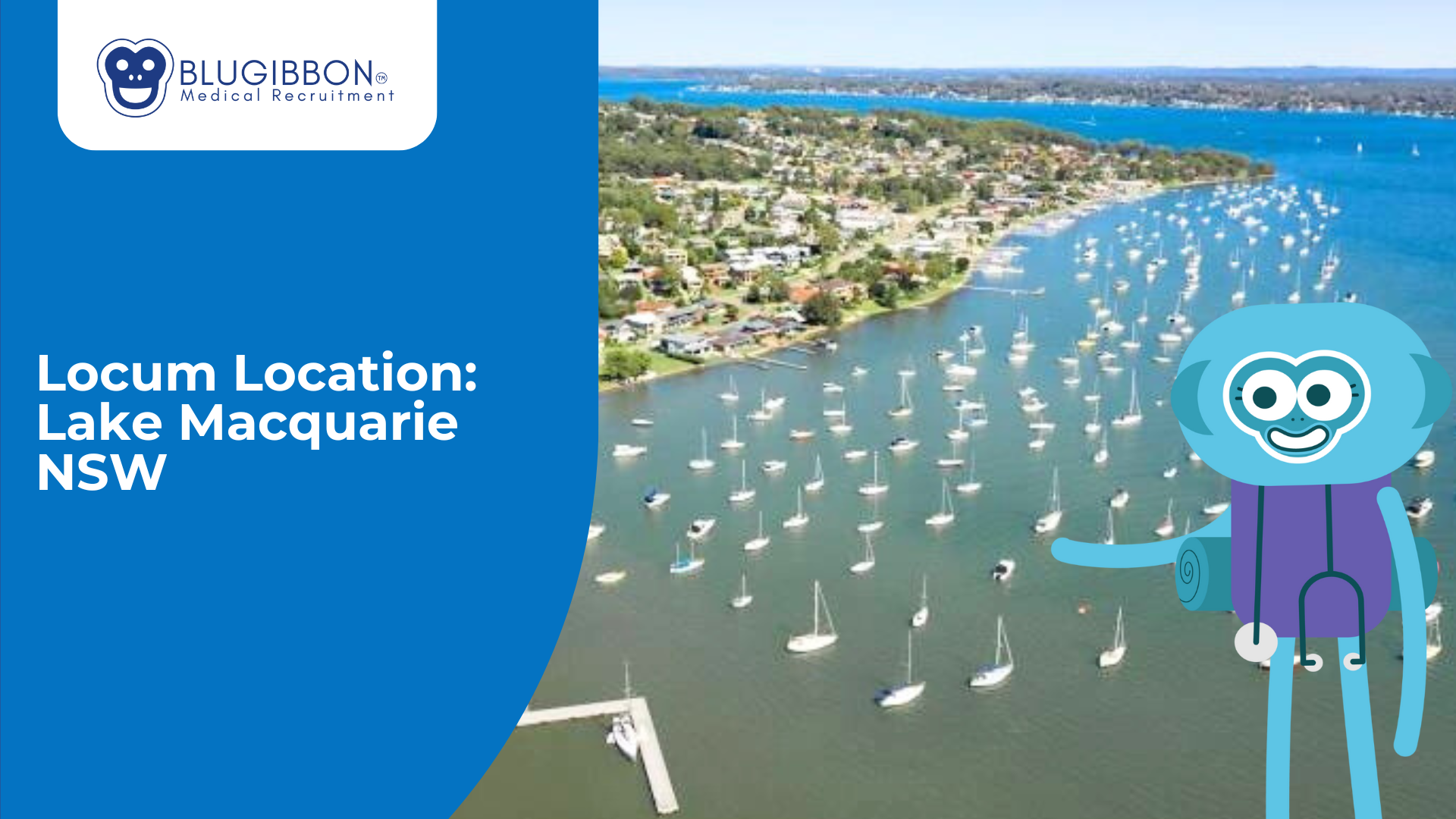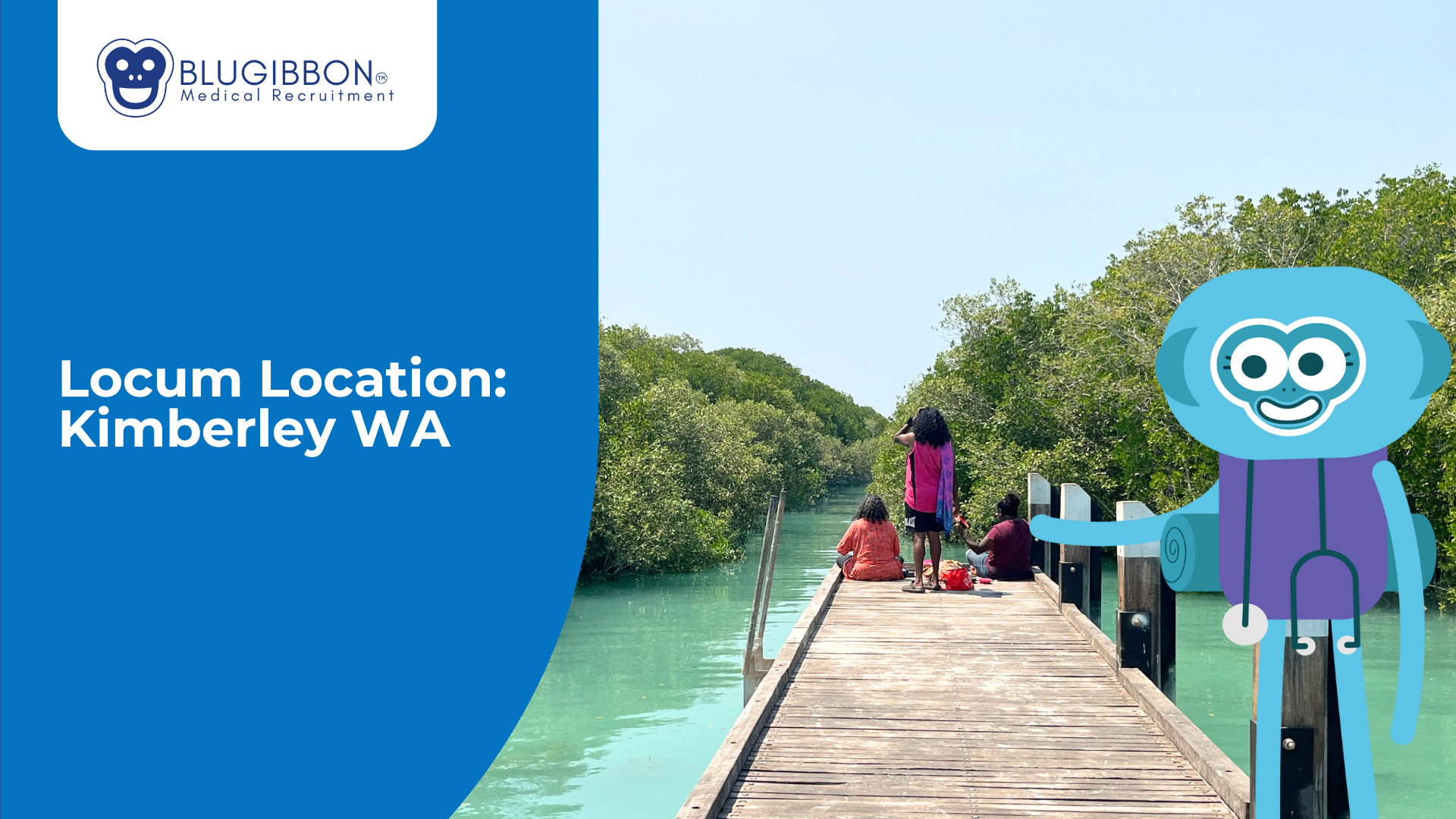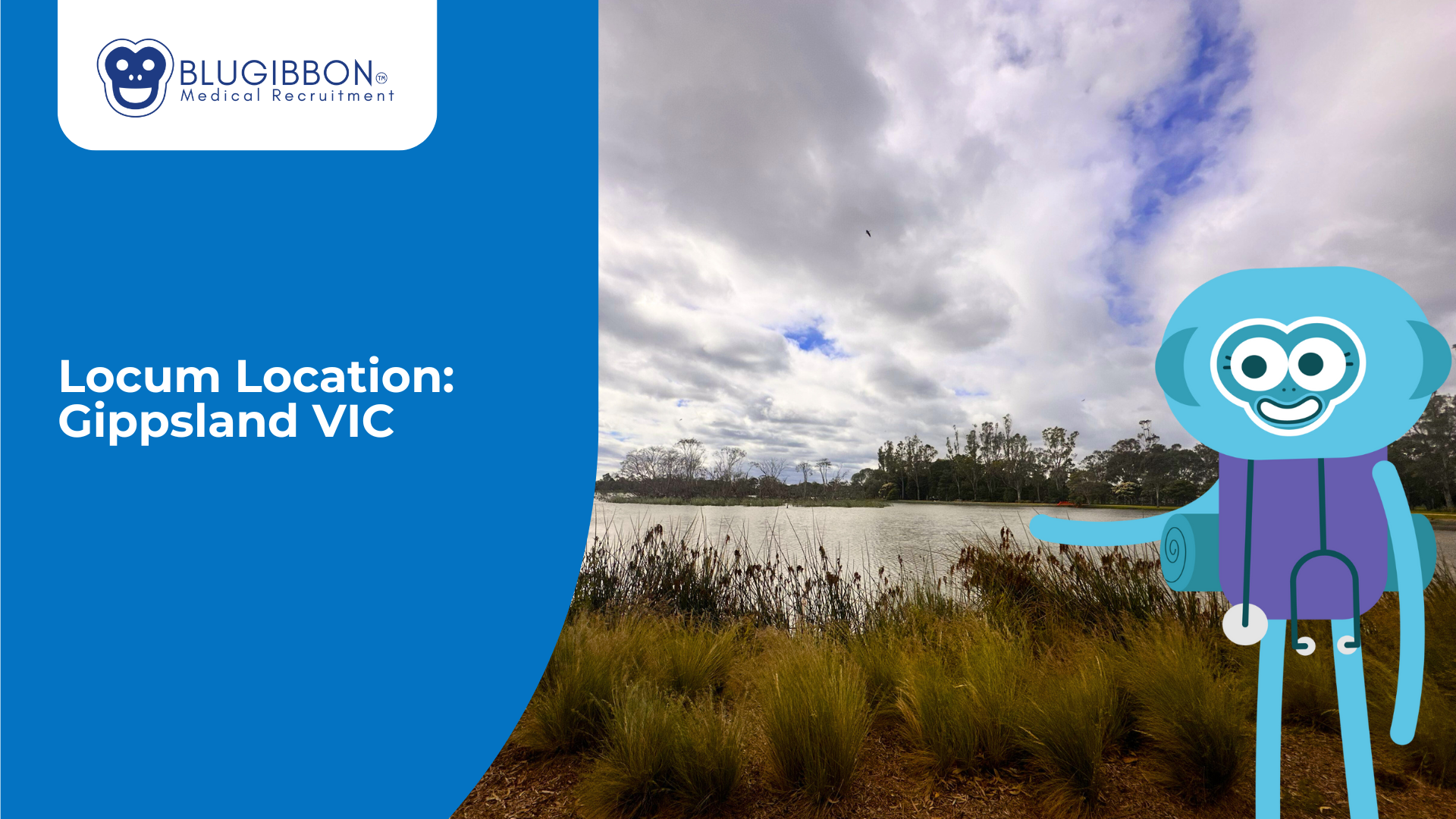Locum Location - Timor Sea, Indian Ocean WA

Life as a Doctor Aboard the DLV2000 – by Dr. Mark
When most people picture a locum medical job, they think dusty country hospitals or tropical island clinics. But for Dr. Mark, locuming has meant something entirely different this time... working 600km north of Broome on a giant floating construction site in the Timor Sea.
Enter the DLV2000: part ship, part building site, part offshore medical outpost. It's a beast of a vessel, 182 metres long, 39 metres wide, with its own helideck, heavy-lift cranes, industrial workers in hi-vis, and one solo doctor on board for 28 days at a time. That doctor just happens to be Mark.
From emergency med training to inspecting the ship’s galley with the captain (yes, really), Mark gives us a candid look into what life’s really like offshore. The routine, the downtime, the food (spoiler: it’s very good), and the kind of clinical presentations you’ll see when you’re hundreds of kilometres from land with nothing but ocean around you.
Curious what it takes to be a ship’s doctor? Wondering if it’s worth the pay and adventure? Or just want to see what “remote medicine” truly means? Mark’s got you covered.
Let’s dive in...
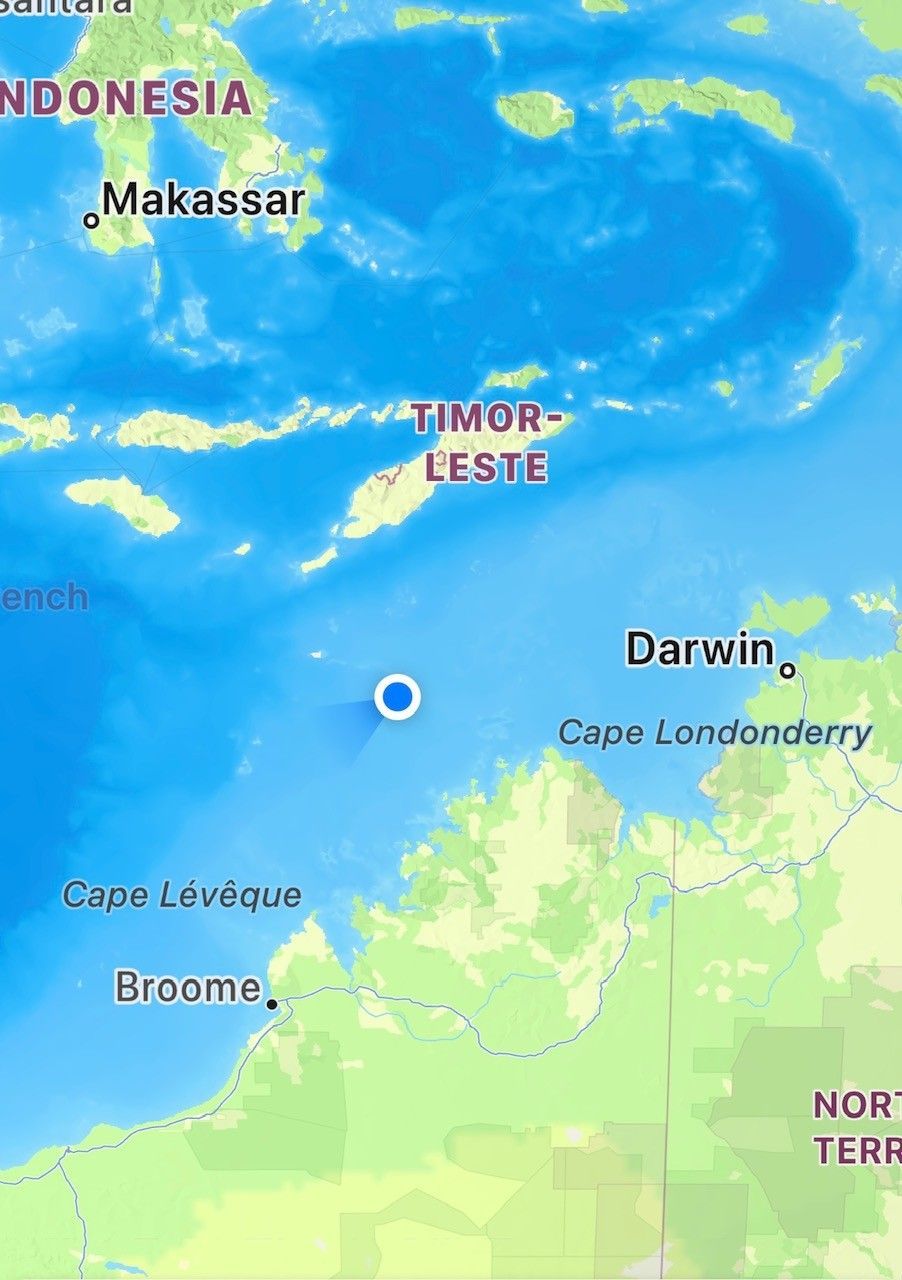
Where exactly are you based at the moment, and what kind of vessel are you on?
Currently, I'm on a ship called the DLV2000. Derrick Lay Vessel or construction vessel. It's a bit of a Swiss Army knife and can do most things. It can lay pipelines, it has a heavy lift crane as well as smaller cranes but the heavy lift is particularly handy. And, it's decks are big so it can carry a lot of cargo, materiel for the job it's been tasked to do. It's big at 182m in length and nearly 39m in width. Our current POB is 187 and nearly everyone has the cabin to themselves when off shift. The people on board are construction workers. Think of a building site like the tunnel project in Melbourne and take a look at the workers in their high viz gear and helmets. That's who we've got on this vessel along with the Integrated Ratings (IR's) who do the ship husbandry, the domestic staff like chefs, cooks, stewards and laundry personal. Then you've got the engineers and management (Captain and Bridge Team) and finally the clinic. One doctor doing the 12-hour day shift and an emergency trained nurse doing the 12-hour nights. We generally all do 28 day swings on with an equal time roster for time off.
Each project is different, but for this one called the Shell Crux Substructure Project it's a flight from Perth to Broome and then another flight to a WWII airport called Truscott which is used in the Offshore Industry as a staging post for helicopter operations much like Sale is in Victoria to the Bass Strait platforms. The helicopter flight is 1 full hour in a Sikorsky S92 the entire way over water heading towards East Timor. By the time you land on the helideck of the ship you are over 600kms north of Broome and over 250kms out from Australia's coastline. Not a bad way to get to work. Remote but not austere. There's a well supplied clinic and a dedicated RFDS Team and similar S92 SAR helicopter for your emergency cases that you can call on. But from the time of the initial notification they won't be landing on your ship for about 3 hours and your patient won't be back in Broome Hospital for at least 6 hours or in a Perth Hospital for 12 hours. We average one call each month.
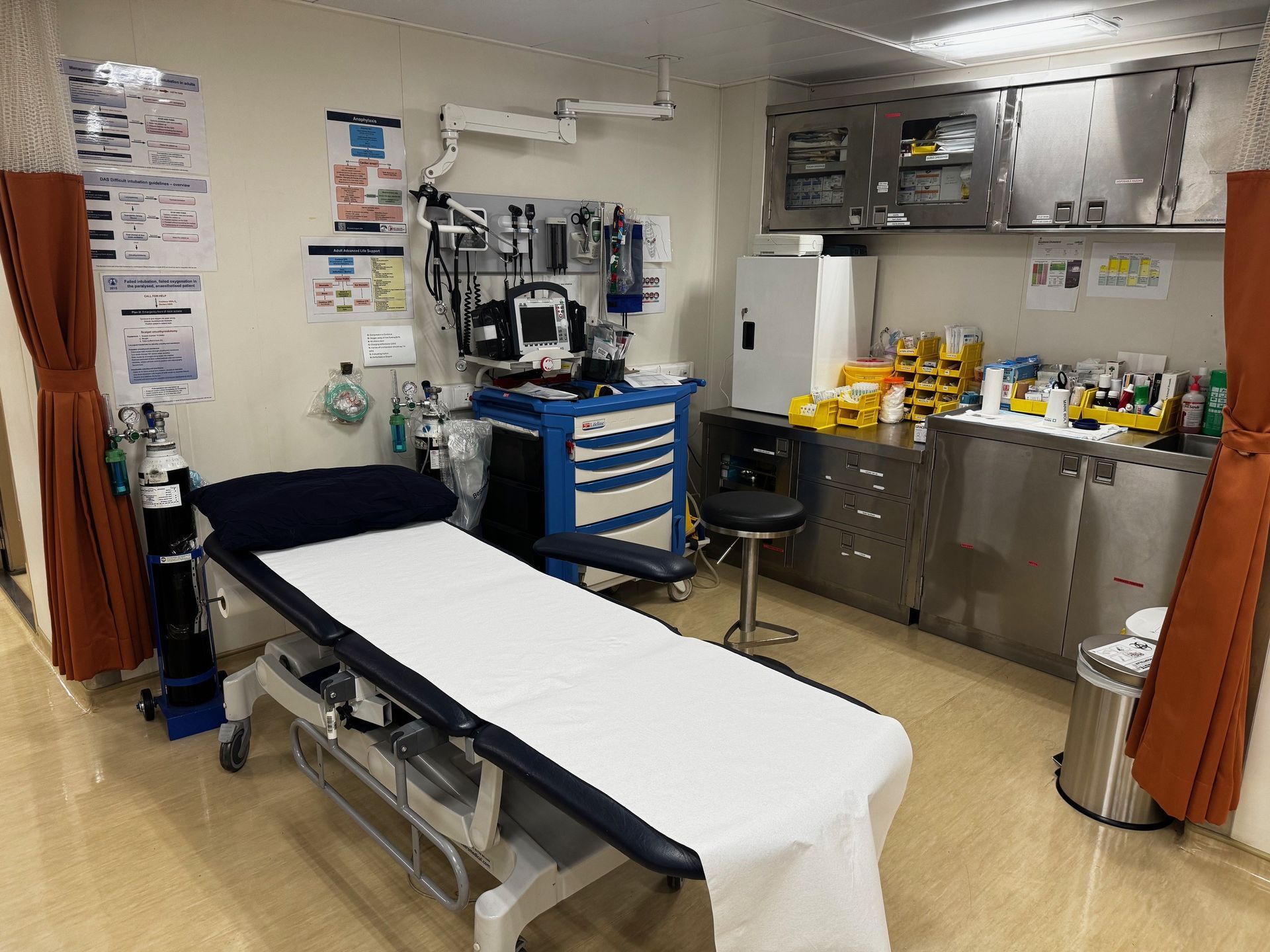
How long are your rotations typically, and how do you find being away from home for that length of time?
This job is 4 week rotations and some other jobs are only 3 week rotations. I've structured my life so that I can be away for 3 or 4 weeks and nobody even knows I'm gone!
What’s your day-to-day like as the vessel’s doctor? Are you mostly on standby, or are you seeing patients regularly?
How busy you are on any particular job depends on the POB. A recent job was a POB of 600 people. So I was seeing 30 patients a day, but on here, with a POB of 180 today, I will see 3 or 4 patients only. GP style presentations, hemorrhoids, musculoskeletal presentations, headaches, rashes, URTI's, but what you are really here for is the industrial accident. Broken bones, dislocated shoulders or the occasional hot appendix.
What sort of medical presentations do you usually deal with? Any interesting or unexpected cases so far?
I've been here 2 weeks so far, so I'm halfway through this swing. I've noticed lots of people are bringing in their Ozempic or Monjouro to store in our fridge which is interesting. But so far not too much that would rate as interesting. I suppose that's a good thing. Prior to coming on this swing I was doing a short 10-day locum on King Island. I had a major laceration to a hand that I flew off to plastics in Launceston. You can get bigger things anywhere and everywhere. I stay in practice by working in all different places, not just here.
What’s your medical setup like - do you feel well-resourced, or do you need to get creative sometimes?
The medical set-up is as good as any small town ED/Hospital. We have tenecteplase for example. To thrombolyse somebody having a heart attack for instance. POC blood tests, no X-ray. Drugs we can do sedation to put back a shoulder or do suturing if it was a big job.
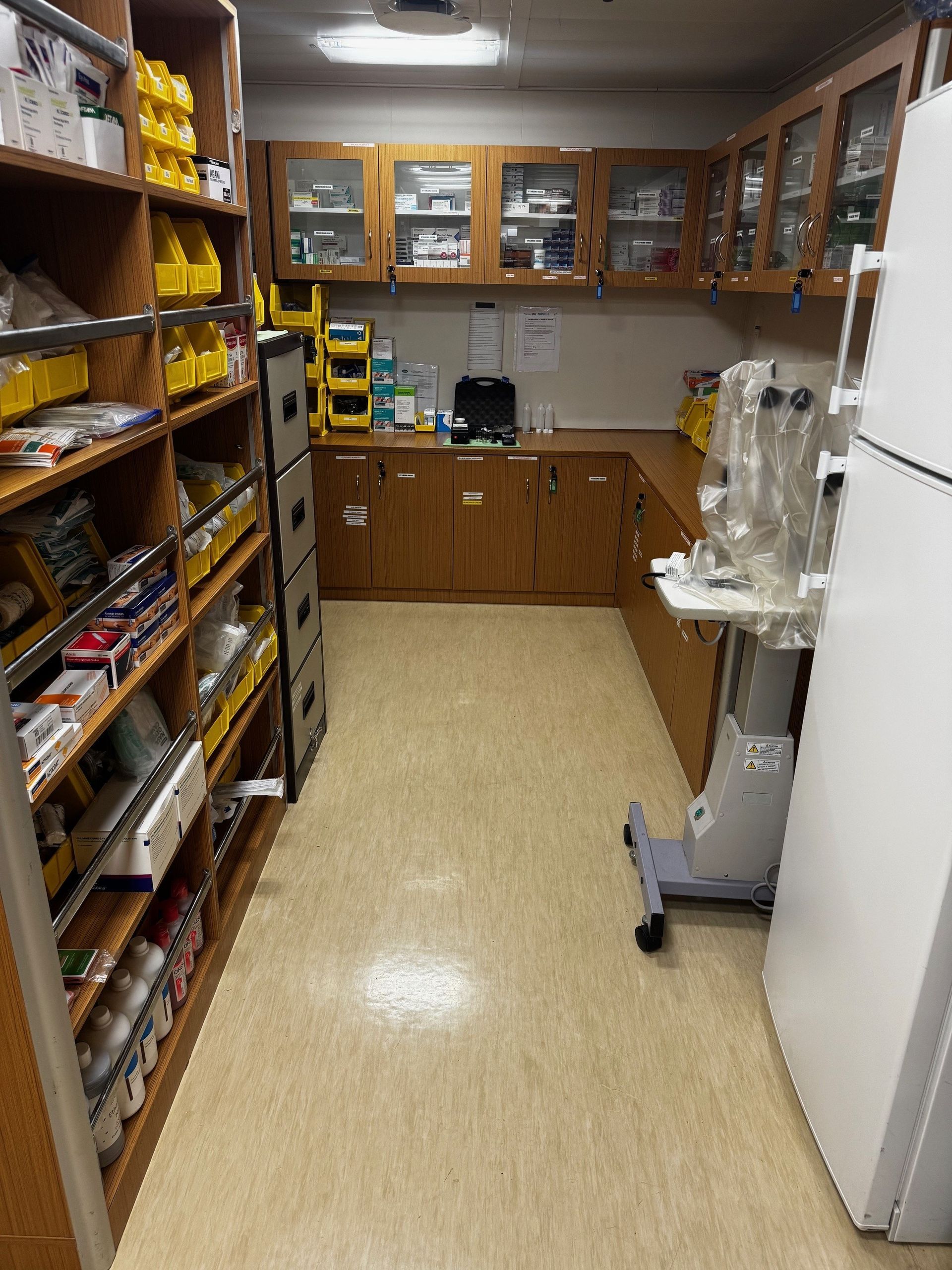
How do you find the work environment and the people onboard?
It's a rough and tumble work crew but I come from a place called Frankston. It's at the end of a trainline so we all know that means trouble. So I'm used to the language, the tattoos, the smoking. They're honest and hardworking mostly guy's but there are more females out doing these types of jobs now. They have equal the number of tattoos!
What are the living conditions like - how’s the food, space, and general comfort?
The food is always amazing and plentiful. Most people go home a few kg's heavier than they arrived. The gyms, yes there are 2 on this vessel cater to all needs. Walking on the helideck is always a fantastic thing to do. Sunsets or sunrises are always spectacular.
How do you spend your downtime when you're not on duty?
I tend to maximise my rest because as the solo doctor onboard there's always a chance you may need to be woken. So I keep myself fresh by early to bed and early to rise.
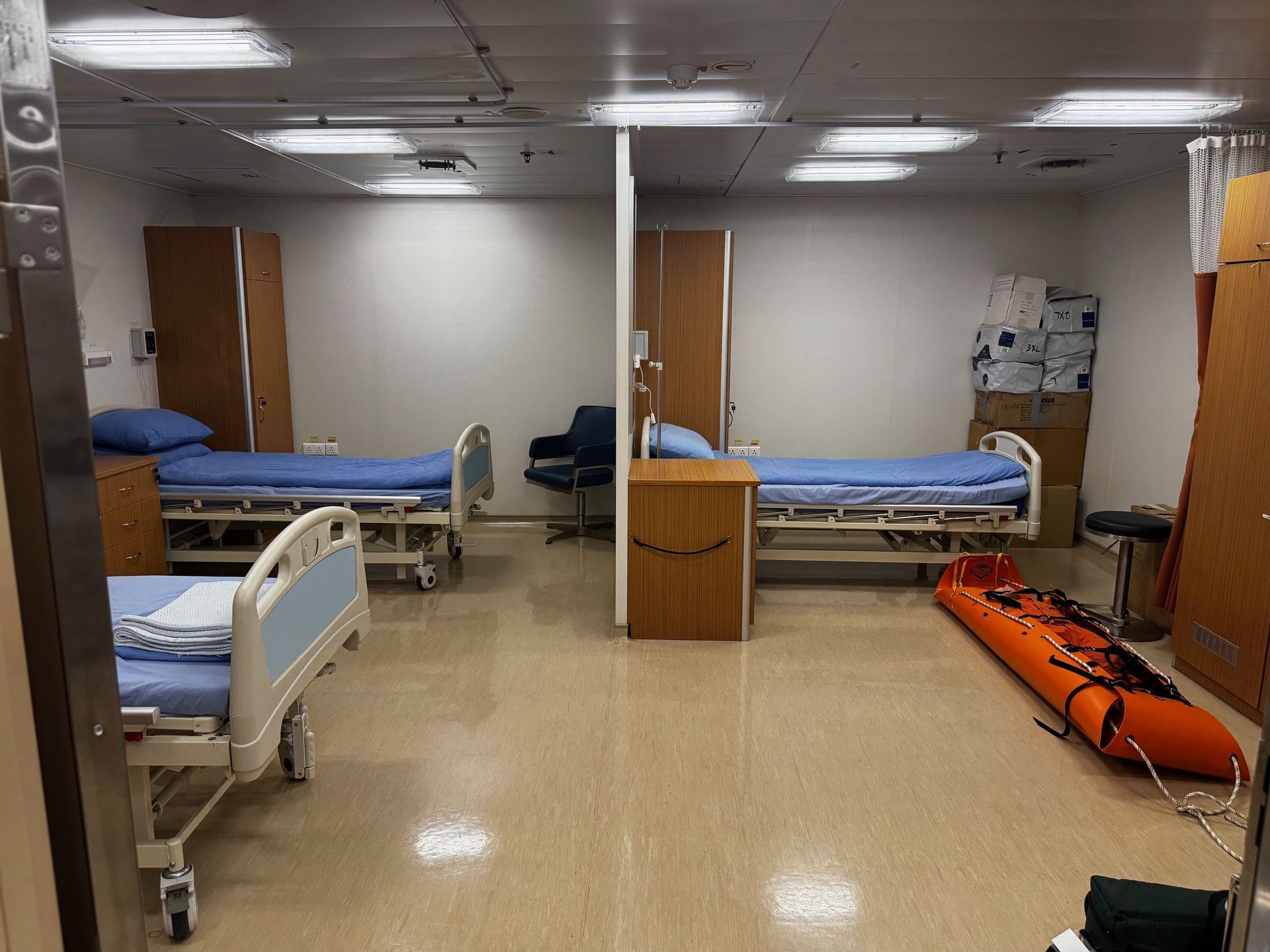
What would you say are the biggest pros and cons of offshore locum work?
This biggest pro's are the money and even time roster. The con's is that you will miss birthday's weddings and Baz mitzvah's.
Finally, would you recommend this kind of work to other GPs or ED doctors? Why or why not?
I would absolutely recommend this type of work to Rural Generalist type GPs or ED doctors, BUT, you have to be 5 years in and confident, but not over confident of your abilities. Your family need to be able to do without you. 10 years of this and I've never gone home early from a swing. There's usually no plan B for us doctors.
You will need a swag of courses. BOSIET, Food Handling (because you do a weekly hygiene inspection of the galley and ship facilities with the Captain and Camp Boss). EMST or REST trauma course. ALS-2.

Keen to Try Offshore Locum Life?
Working on vessels like the DLV2000 isn’t your average doctor gig, but for the right kind of GP or ED doc, it’s the ultimate mix of adventure, autonomy, and lifestyle.
- Get in touch with BG today to discuss offshore locum jobs - 02 8960 6445
- Send us your CV - hello@blugibbon.com.au
- We'll sort compliance, and travel!
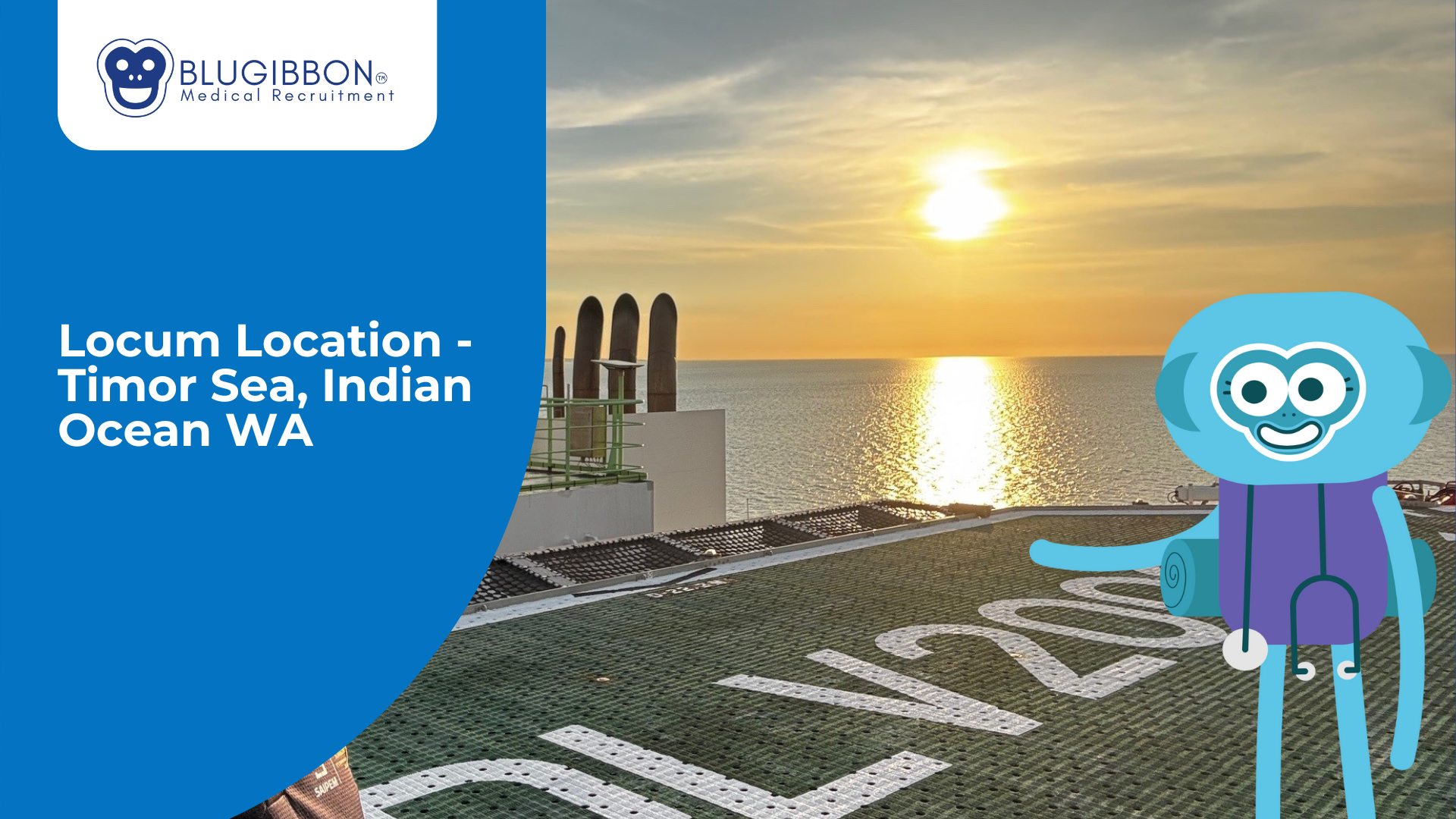
Recent Posts




